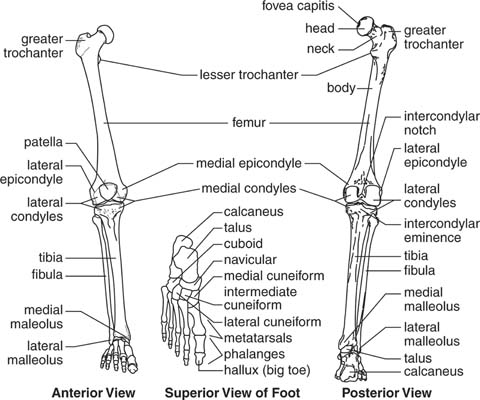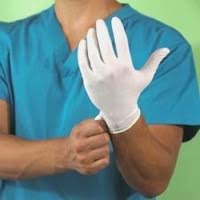The water bottle
6 years ago
 High blood pressure (HBP) or hypertension means high pressure (tension) in the arteries. Arteries are vessels that carry blood from the pumping heart to all the tissues and organs of the body. High blood pressure does not mean excessive emotional tension, although emotional tension and stress can temporarily increase blood pressure.
High blood pressure (HBP) or hypertension means high pressure (tension) in the arteries. Arteries are vessels that carry blood from the pumping heart to all the tissues and organs of the body. High blood pressure does not mean excessive emotional tension, although emotional tension and stress can temporarily increase blood pressure. Table 1. JNC 7 Blood Pressure Classification | ||
Blood Pressure Classification | Systolic Blood Pressure, mm Hg | Diastolic Blood Pressure, mm Hg |
Normal | < 120 | < 80 |
Prehypertension | 120-139 | 80-99 |
Stage 1 hypertension | 140-159 | 90-99 |
Stage 2 hypertension | = 160 | = 100 |

| Blood pressure treatment goals* | |
|---|---|
| 140/90 mm Hg or lower | If you are a healthy adult |
| 130/80 mm Hg or lower | If you have chronic kidney disease, diabetes or coronary artery disease or are at high risk of coronary artery disease |
| 120/80 mm Hg or lower | If your heart isn't pumping as well as it should (left ventricular dysfunction or heart failure) or you have severe chronic kidney disease |


 Epidermoid cysts, sometimes known as sebaceous cysts (a misnomer), contain a soft "cheesy" material composed of keratin, a protein component of skin, hair, and nails.
Epidermoid cysts, sometimes known as sebaceous cysts (a misnomer), contain a soft "cheesy" material composed of keratin, a protein component of skin, hair, and nails.
 The scalp, ears, back, face, and upper arm, are common sites for sebaceous cysts, though they may occur anywhere on the body except the palms of the hands and soles of the feet. In males a common place for them to develop is the scrotum and chest. They are more common in hairier areas, where in cases of long duration they could result in hair loss on the skin surface immediately above the cyst. They are smooth to the touch, vary in size, and are generally round in shape.
The scalp, ears, back, face, and upper arm, are common sites for sebaceous cysts, though they may occur anywhere on the body except the palms of the hands and soles of the feet. In males a common place for them to develop is the scrotum and chest. They are more common in hairier areas, where in cases of long duration they could result in hair loss on the skin surface immediately above the cyst. They are smooth to the touch, vary in size, and are generally round in shape.






 Assemble your supplies.
Assemble your supplies. 
 Decide which arm you will be drawing from or let your patient decide and tie the tourniquet 2-3 inches from the antecubital fossa.
Decide which arm you will be drawing from or let your patient decide and tie the tourniquet 2-3 inches from the antecubital fossa. 
 Once a suitable vein is found, disinfect the area with the alcohol wipe.
Once a suitable vein is found, disinfect the area with the alcohol wipe.  Anchor the vein from below the intended puncture
Anchor the vein from below the intended puncture  Allow the tube to fill. Remove the filled tube from the tube holder.
Allow the tube to fill. Remove the filled tube from the tube holder. 
 Have a piece of gauze ready in the opposite (anchoring) hand, remove needle, and place gauze on top of the venipuncture site. Apply pressure.
Have a piece of gauze ready in the opposite (anchoring) hand, remove needle, and place gauze on top of the venipuncture site. Apply pressure. Ensure that the patient has stopped bleeding, and apply tape and gauze, or a bandage to the venipuncture site.
Ensure that the patient has stopped bleeding, and apply tape and gauze, or a bandage to the venipuncture site. Discard waste and put materials away
Discard waste and put materials away 

